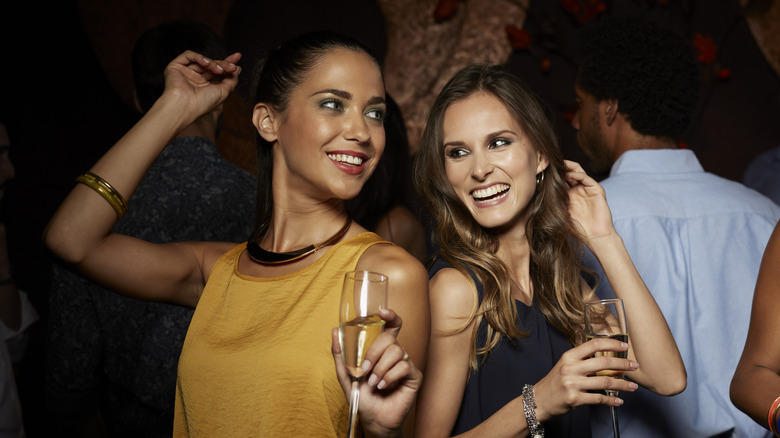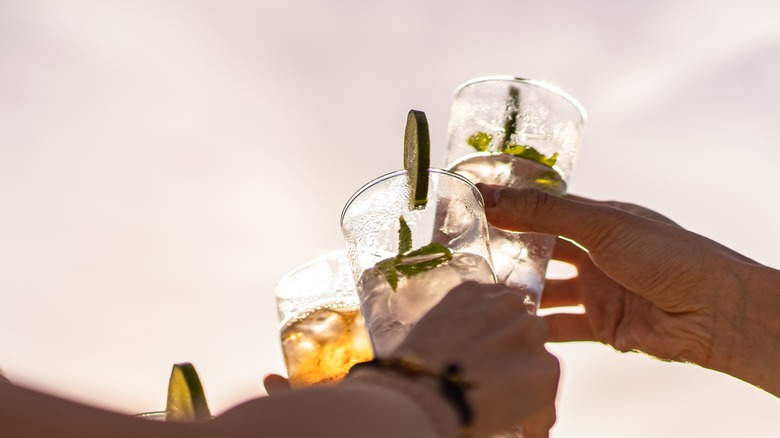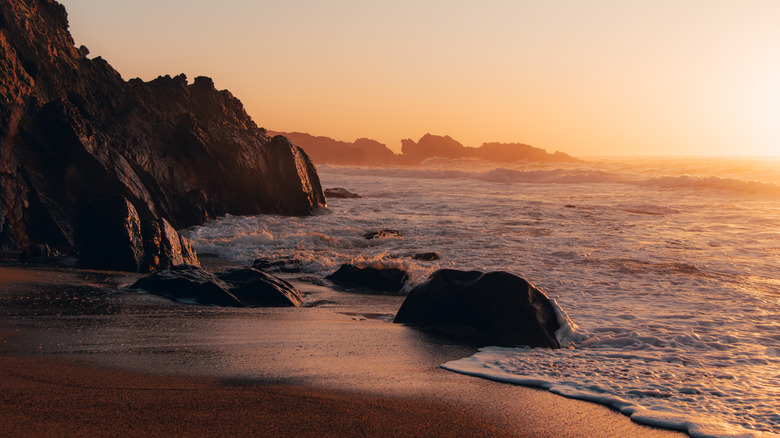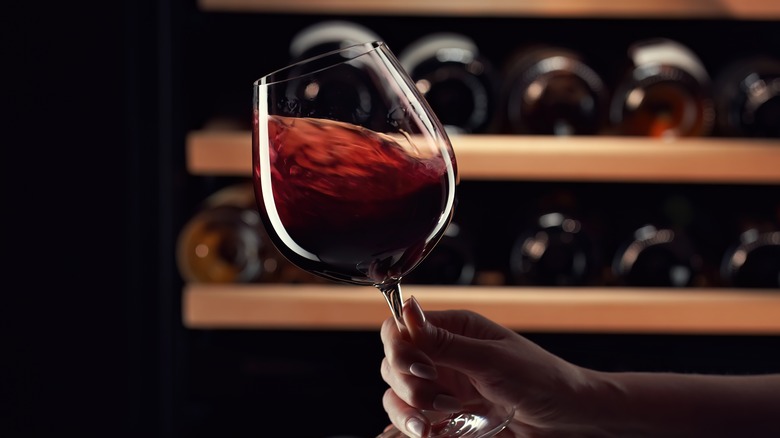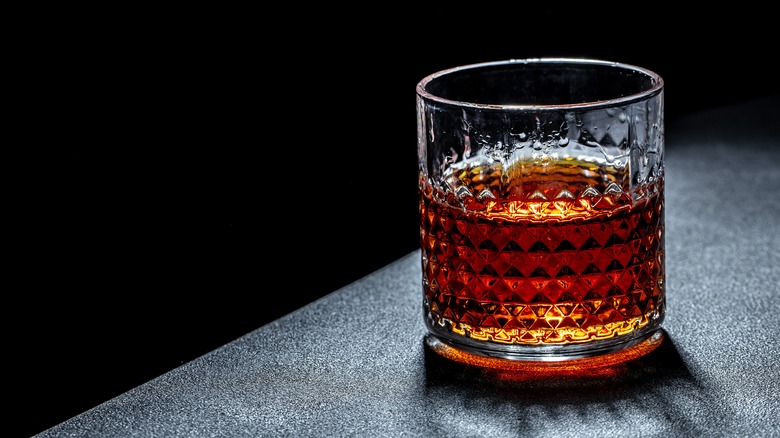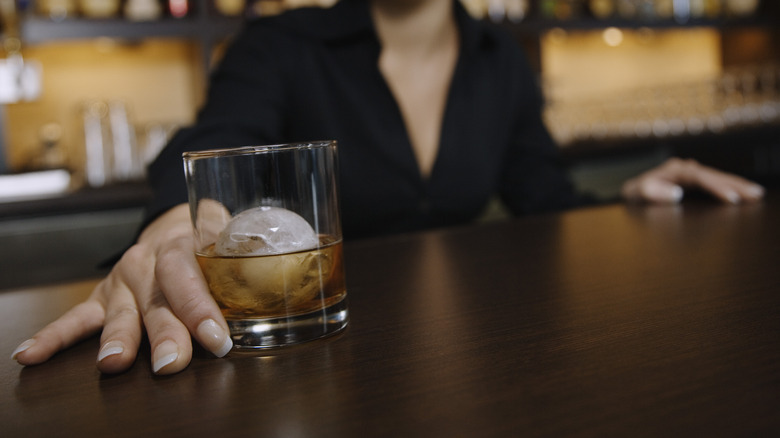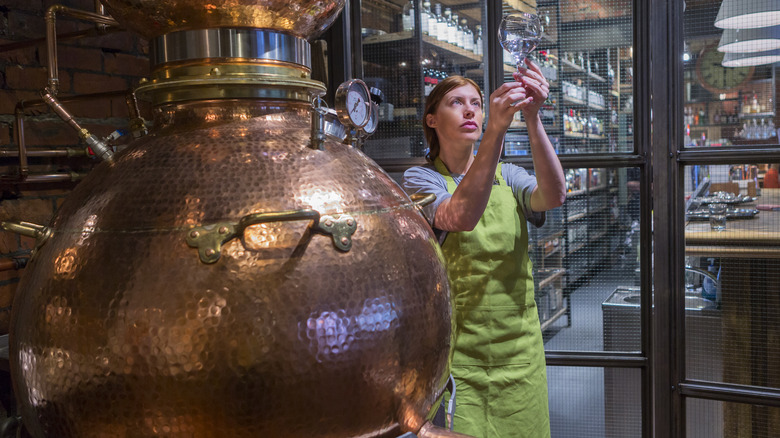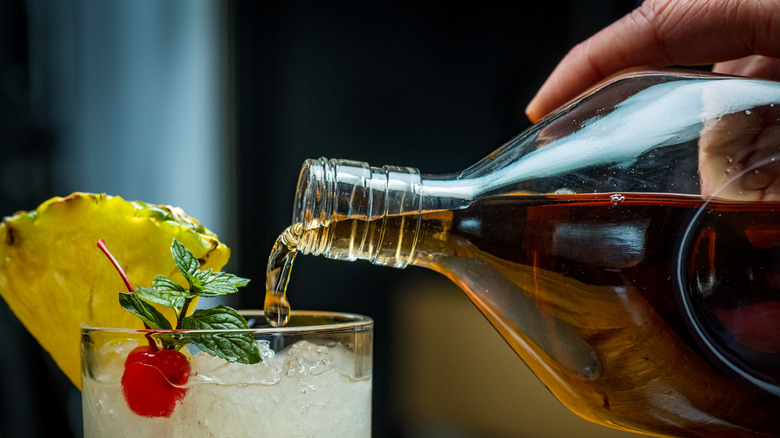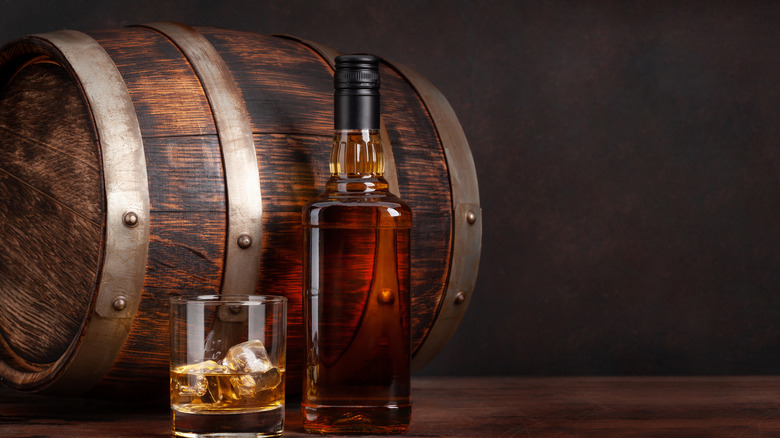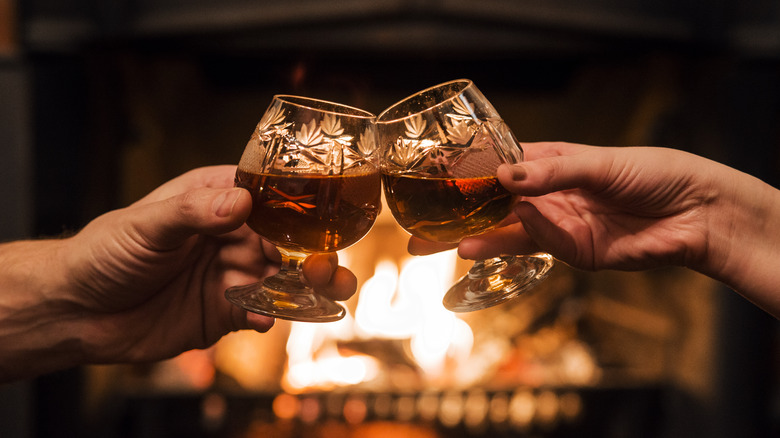Women In Distilling
Picture a distillery: giant vats, clanking machinery, liquor bubbling up a tall still, perhaps a couple of bearded, burly distillers shoveling grain into a mash tun, another collecting booze from the tap.
It's no secret liquor has long been considered a boys' club, full of machismo or gentlemanly refinement. These days, though, a new crop of distilling professionals is destroying that stereotype.
"I am a young, female master distiller—pretty uncommon," says Castle & Key's Marianne Barnes, who made waves last year as Kentucky's first-ever female master distiller. Describing the reactions she gets when she tells people her profession, she says it's "mostly shock and awe. There seems to be a moment of questioning and then bedazzlement." But Barnes knows better than anyone: "Bourbon isn't seen as an old man's drink anymore, or even a just a man's drink."
She joins an esteemed list of movers and shakers, including Hangar 1 head distiller Caley Shoemaker; Appleton Estate's Joy Spence, the world's first female master rum blender; and Dewar's master blender, Stephanie Macleod. These women, along with others in their field, are breaking the liquor industry's glass ceiling.
"There's still a stigma in our business—it being male dominated—and people often don't expect a young woman behind the still," Shoemaker says. "However, a handful of women of all backgrounds and ages are now stepping up." And it's about time.
While a woman tinkering behind a tall copper column might seem like a novel idea today, it wasn't always so.
"A woman actually invented the alembic still," Bourbon Women Association president and whiskey expert Susan Reigler says. "Later, farm women were tasked with distilling, while the men were out harvesting. Women have been a part of the industry in Scotland, Ireland and other places for a very long time."
Despite these roots, centuries of cultural and political shifts—from 16th century witchcraft suspicions to seedy Prohibition-era brothels and postwar conservatism—took alcohol, both its production and consumption, firmly out of the female sphere. By the mid-20th century, except for jobs manning bottling lines and tasting panels, ladies had basically been boxed out of the booze biz.
"After Prohibition, liquor wasn't appropriate for 'respectable women,'" Reigler explains. "For her 80th birthday, I took my mother out to dinner, and we sat at the bar. She said, 'I've never sat at a bar before!' She was delighted. I was amazed."
In the 1980s and 90s, however, alcohol brands began targeting women, now seen as financially independent and ready to party, developing dumbed-down, overly sweet products specifically aimed at them. Eventually, legendary bartenders—including Pegu Club's Audrey Saunders and Joy Perrine, the Kentucky Bourbon Hall of Fame's first female inductee—struck back, rejecting artificially-flavored 'tinis and reviving classic cocktails that emphasized all the bold, complex flavors marketers were convinced women wouldn't like.
"Women actually have 50 percent larger olfactory centers in their brains and, statistically, tend to detect more flavors than men. In our tastings, we've found that women tend to like higher-proof, more complex bourbons," Reigler adds. "The industry has taken to heart some of this information and said, 'Wait—we don't have to make bourbon just for women?' People just gravitate where their tastes take them."
Seeing this growing interest, especially (but not exclusively) among women, liquor companies doubled down on innovation, quality and bright new voices.
"Twenty years ago, rum was seen as a man's drink," Spence says. "Now with premium aged rum, women are appreciating it just like men: neat or in very sophisticated cocktails."
"Since I took over the role of master blender, we've launched seven new blended Scotches, 21 single malts and a number of single-cask, finished and small-batch expressions," Macleod says. "At Dewar's, we sell to the occasion and not to the gender."
But it's not just taste driving these ladies—it's science.
"I'm a spirits nerd," Shoemaker admits. "I've always had a passion for how chemistry affects quality, texture and flavor. I immersed myself in every aspect of the process, from the sourcing of grains to distillation and bottling."
As more women enter into STEM-related careers—in Europe, women employed in the sciences grew by 11.1 percent per year from 2008 to 2011; in the States, the number of women with physical science degrees has doubled since the 70s—distilling has become a viable (and fun) option.
Spence, for example, never even drank rum before entering the field. "I wanted to branch out from academia, so I joined Appleton in 1981 as a chief chemist," she says. "I was totally amazed with all the flavors you can differentiate just from sensory analysis."
Thanks to the efforts of pioneers like Spence, Macleod, Shoemaker and Barnes, women, be they scientists, writers or cocktail aficionados, will keep shaping the spirits industry, one sip at a time.
In an interesting turn of fate, these highly skilled female distillers are raising the bar for liquor across the board by returning to the same caliber of spirits they had been concocting in the first place, once again opening the door for more women to throw their hats in the ring. And consumers of both genders are reaping the benefits.
"A few years after I was appointed master blender, other women followed," Spence points out. "And now, a lot of women are getting involved, which I think is great."
"The growth is explosive—we haven't even released a product and already need to expand our capacity," Barnes marvels. "Our plan has always been to inspire people and create thoughtful, honest and nuanced spirits that will elevate the market."
Caley Shoemaker
"It's a real pleasure to figure out what makes vodka so unique as a stand-alone spirit," says Hangar 1 head distiller Caley Shoemaker, showing off a bottle of her Straight American vodka. "In vodka distilling, where the product goes right from the still to the bottle, it's very important to select the best ingredients from the very start and utilize rigorous distilling methods."
Caley Shoemaker continued
"Hangar 1's Alameda roots allow me to take advantage of everything that Northern California has to offer to make the highest-quality vodka," Shoemaker says. "We can utilize local produce so that our flavored vodkas literally capture that freshness as part of their character."
Caley Shoemaker's thoughts
"We just opened the new visitors' center and tasting room—it's absolutely beautiful," Shoemaker says about Hangar 1's new state-of-the-art facility. "I'm super excited to share it with everyone!"
Marianne Barnes
"I was interested in chemical engineering before I found my passion for the product," says Kentucky's first female master distiller, Castle & Key's Marianne Barnes, seen here hard at work. "I interviewed with seven different companies before deciding between renewable energy research and spirits. I thought, 'Why make fuel when you could make bourbon?'"
Marianne Barnes continued
"I learned about the art of making America's spirit on the job and found that my palate developed very quickly for bourbon," Barnes remembers. "I didn't even really have a taste for it before starting work in Louisville." The lush green grounds surrounding Castle & Key Distillery reflects the Bourbon Trail's historic beauty.
Marianne Barnes's thoughts
"Mostly shock and awe," Barnes says, describing the reactions she gets when she tells people about her profession. "There seems to be a moment of questioning and then bedazzlement. I always get the standard questions about how do you become a master distiller, how did you get into the job, are you hiring any tasters? I am a young, female master distiller—pretty uncommon."
Joy Spence
"When I first started as the chief chemist, the master blender taught me to evaluate rum from a sensory perspective. I was totally amazed," remembers Appleton Estate's Joy Spence, who became the rum industry's first female master blender in 1997. "Now, I'm mainly responsible for ensuring the consistency and quality of all the products that we produce, as well as developing new blends."
Stephanie Macleod
"I'm the seventh master blender in Dewar's history and the first female," says Stephanie Macleod, whose duties include overseeing the Scotch aging inside these oak barrels. "I work with new spirits, maturing and matured spirits, casks, vats, pipework, filtration, packaging—if it interacts with the spirit, I take an interest in it."
Stephanie Macleod continued
"If I'm feeling like something opulent and rich, the Royal Blood is our delicious take on the classic Rob Roy," Macleod says, referring to a cocktail spiked with Scotch distilled here at Royal Brackla Distillery, one of Dewar's top single-malt facilities. "We use Royal Brackla 12 year old, Martini Rubino and cherry brandy, with a wee dash of chocolate and orange bitters to finish."
